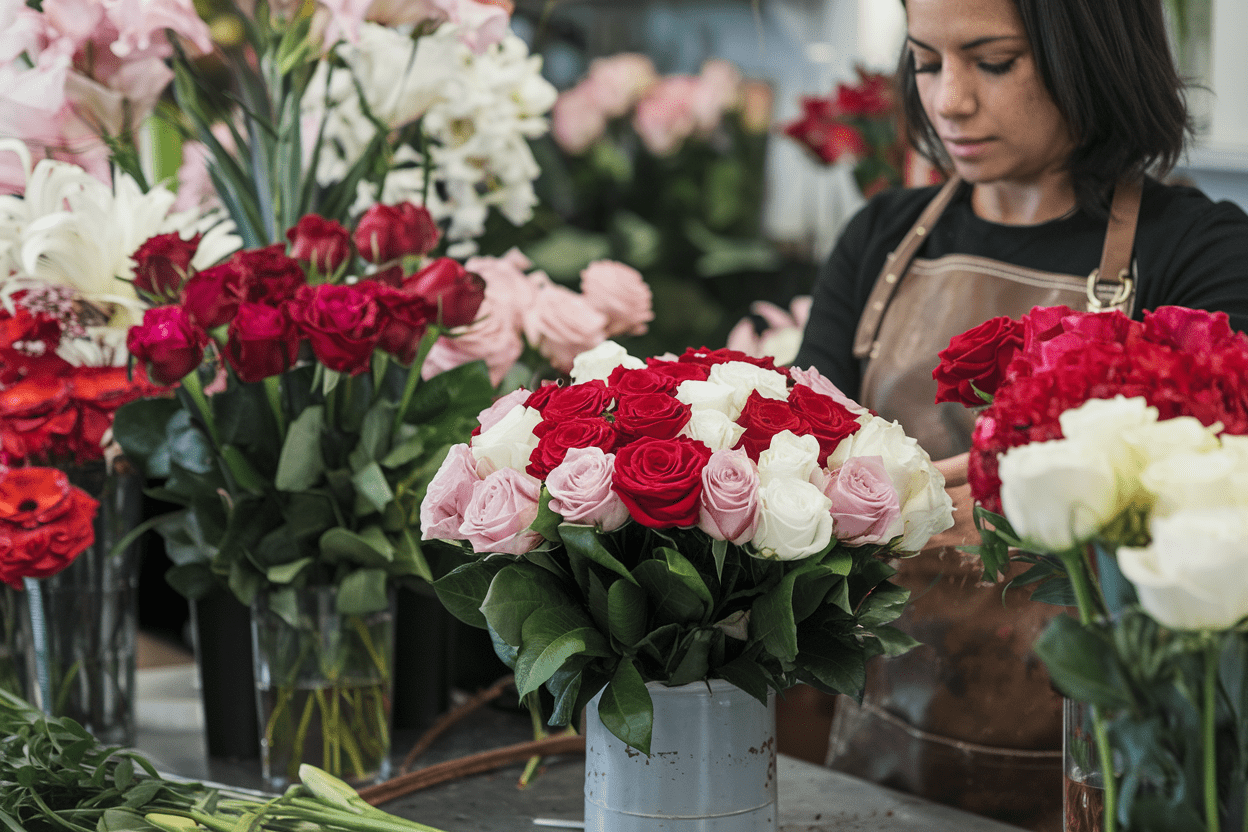
In the latest issue of Floral Management, financial expert Paul Goodman, MBA, PFCI, simplifies the budgeting process.
A new year is mere weeks away. Before all the December holiday hoopla gets started, dedicate time to set your business up for success in 2023 by creating your annual budget. In the latest issue of Floral Management, financial expert Paul Goodman, MBA, PFCI, simplifies the budgeting process, by showing how focusing on just a few expenses can make a big difference in your profitability.
“Most people envision a budget as a large spreadsheet of numbers that projects revenue and helps you look at every expense to figure out how much you will spend each month in the coming year,” Goodman says. “That is a formidable task. It can be much, much easier.”
Goodman recommends aiming for a target profit of 10 percent of sales, meaning expenses can eat up the remaining 90 percent. Of the many ways retailers spend money, including office supplies, vehicles, credit card fees, and advertising, there are three categories that typically account for 70 to 75 percent of expenses: payroll (30 to 35 percent), costs of goods sold (30 to 35 percent), and facilities (10 percent).
“You will have the most impact on your profit by keeping those big three expenses in line, not by trying to minimize the smaller expenses,” Goodman says.
Since your facility costs are most likely fixed, Goodman recommends focusing on COGS and payroll. Here’s what to do:
Cost of Goods Sold
For your flowers and greens, aim to keep your budget at or below 25 percent of total weekly sales of fresh product. Don’t include weddings or events in your calculations, as they are planned ahead, and you will purchase separately for them. To determine how much to buy, review your numbers for the same month the previous year, and adjust for any sales increase or decrease you are experiencing. Then take 25 percent of those sales. If your designers adhere to your pricing formulas, you should be set.
For other products, such as silk flowers, containers, and giftware, only buy enough to cover expected sales. If you have anything in excess, put it on sale, and don’t buy more.
Payroll
“This one’s a bit tougher because you don’t buy employee time in small bunches like you do fresh product,” Goodman says. “The trick here is to realize that your sales will be very level for 10 and a half to 11 months of the year.”
Take four consecutive non-holiday weeks and average the sales for each day of the week. Plan to have your permanent staff handle only your daily, non-holiday sales. Goodman recommends using part-time employees as much as possible. “Your target is to keep your total payroll expenses, including payroll taxes and employee benefits, at 30 percent of total sales,” he says.
For more budgeting advice, including how to approach advertising and donation requests, read “Budgeting Made Easy” in the November/December issue of Floral Management.
Katie Vincent is the senior contributing editor for the Society of American Florists.





